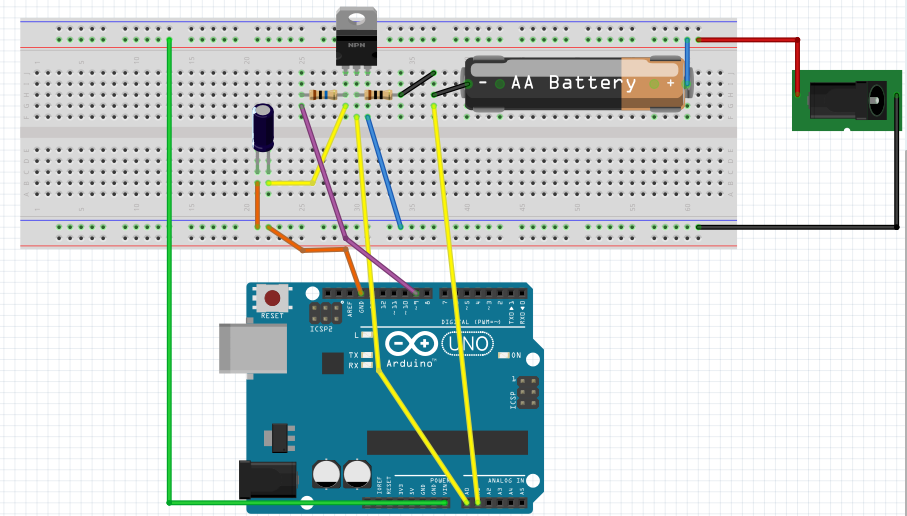Most electric vehicle batteries are lithium based. When a lithium battery is charged and discharged once, it is called a cycle. Lithium battery capacity degrades as the cycle number increases. Battery cycle life is measured in cycles, with an industry standard of cycles to 80% capacity often used as a benchmark. What makes lithium batteries last a long time? Let’s turn that upside down. What shortens lithium battery life?
When a lithium battery is charged, its voltage goes up slowly. When it reaches full charge, battery voltage is highest, and will not go up much more. The max voltage (V) varies with lithium cell chemistry. Chemistries ranging from laptop batteries to power tools using lithium-cobalt blends and blends containing manganese, nickel, and aluminum have terminal voltages around 3.9 to 4.2V. Lithium-titanate batteries charge to 2.85V. Lithium-iron-phosphate batteries charge to about 3.65V.
Lithium battery voltage must be prevented from exceeding this voltage because it not only ruins battery life; it can lead to battery destruction or overheating and fire in some lithium batteries.
In this project I'll be demonstrating how to regulate the battery charging cycle to help prevent any damage to the battery.
The following project demonstration depicts a simple yet efficient way of charging a battery, we will be using a small 1.2V rechargeable battery but with a few modifications and calculations we can create a similar system for a much larger battery like that for an electric car.
Step 1:First we collect all the components needed for this project.
- Arduino Microcontroller
- AA Battery Holder
- NiMH AA Battery
- 10 ohm Power Resistor (rated for at least 5 watts)
- 1 Mohm resistor
- 1 µF Capacitor
- Infineon CoolMOS POWER MOSFET
- 5V Regulated Power Supply
- Prototyping Breadboard
- Jumper Wires
The next step is to connect our components on the breadboard. The fritzing diagram I've provided shows us how.
Step 3:This step involves uploading our code. The coded I've provided enables the user to see in real time the battery being charged and automatically cuts off charging when in reaches a certain threshold to prevent any damage to the battery. The output should be the following.
The picture below depicts the project wiring and setup in real life.


_ztBMuBhMHo.jpg?auto=compress%2Cformat&w=48&h=48&fit=fill&bg=ffffff)




Comments
Please log in or sign up to comment.